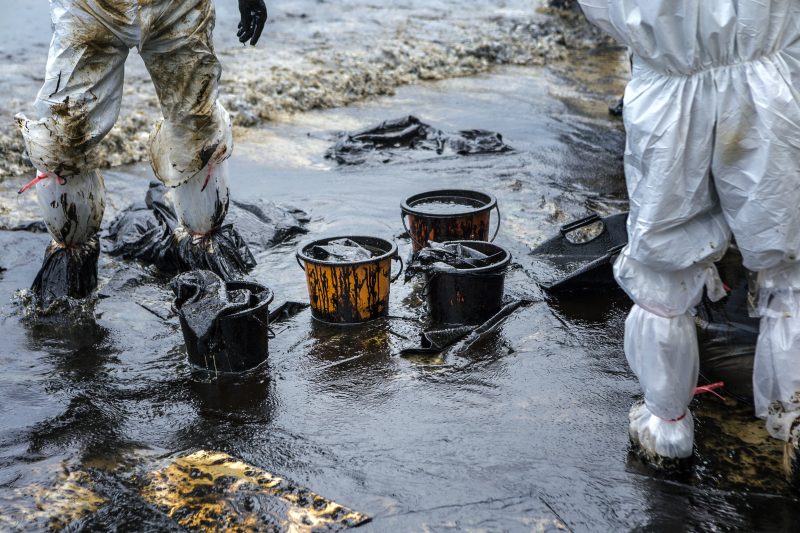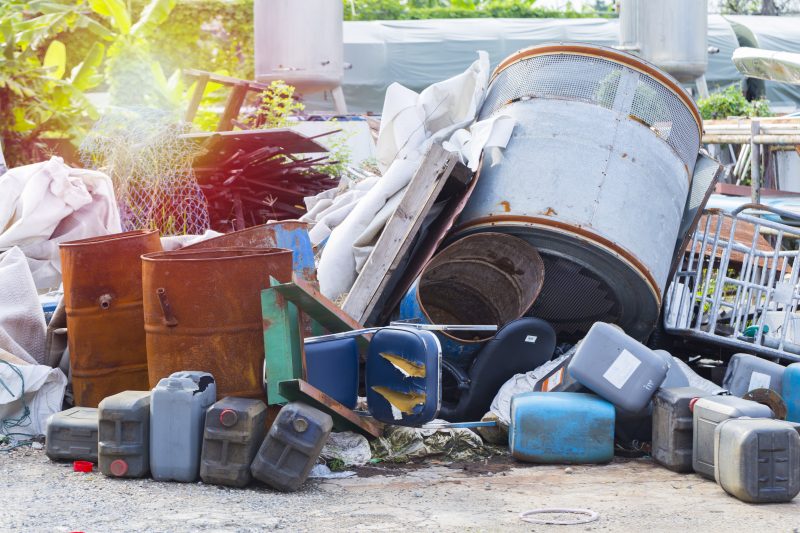The Importance of Responding to Chemical Spills Immediately
In a workplace where chemicals and hazardous liquids are contained, spillage risk is a major concern. Despite proper handling, robust chemical containment, and a secure spill program in place, accidents can still occur. If the workers delay the cleanup of spills, the potential ramifications can be devastating. It can cause serious damage to the property, to the environment, and can cause physical injury to the workers. Failure to respond immediately to spills may lead to larger spillage and make the cleanup more difficult. Complex cleanup procedures cost more money and require more time and energy, thus hampering the finances of a company.
A proper spill response plan is crucial to minimising the damages brought about by chemical spills. Correct chemical storage is also a vital aspect of spill control. Appropriate chemical storage containers will help reduce the risk of spills. Today we’ll be discussing the effects of delayed spill response and why it’s important to react swiftly when a spillage occurs. It is imperative to ensure you always consult an expert when it comes to spill control and containment.

Negative effects of chemical spills
The detrimental consequences of chemical spills can be summed up into three categories:
Structural damage
Chemical spills can compromise the structural integrity of buildings and workplaces if left unattended. Corrosive substances can damage surfaces, equipment, and other materials while flammable liquids can start fires and lead to significant loss of property. Certain toxic chemicals can render workplaces unusable for an extended period of time until the spillage has been cleaned thoroughly.
Environmental effects
Oil spills can pollute the surrounding environment, particularly in open water where it can destroy the habitat of marine life. Back in 2005, a major spill of caustic soda in the Cheakamus river killed more than half a million fish. Run-off contamination is another major concern when a spillage occurs. Chemicals can also runoff into the soil, resulting in severe ecological damage and killing plant life.
Human safety risks
Chemical spills can pose different safety risks to humans surrounding the spill. Toxic and poisonous gases can lead to respiratory problems and in worse cases, death. The greater the concentration, the higher the potential for significant loss of life. Flammable substances can ignite and cause severe burns to the skin. Corrosive chemicals can also cause injury to the workers when handled without appropriate equipment.
Other chemicals can cause delayed carcinogenic effects. For example, inhaling asbestos can contribute to lung cancer years after initial exposure.
These negative effects can be amplified when the spill response is delayed. The greater the spread of the spillage, the faster the response should be. A quick and effective spill response plan should be on the ready to minimise the negative effects of a spill.

Designing a quick and effective spill response plan
Both employers and workers should follow these procedures to ensure a safe and efficient chemical spill response.
Understanding the severity of the spill
One major factor in designing an effective spill response plan is identifying the severity of the spill. The workers should assess the safety of the spill site before taking action. If an immediate threat is identified, everyone in the vicinity should evacuate immediately. Medical and fire rescuer should be notified right away in case a spillage occurs. For small, incidental spills, initiating standard chemical procedures should suffice.
Larger spills require the attention of specialists who offer emergency spill cleanup services.
Wearing the appropriate PPE when conducting cleanup
Workers and rescuers should be supplied with the appropriate PPE (personal protective equipment) prior to cleaning a spill. A risk assessment will determine which type of clothing, equipment, and safety gear are required. In some cases, a respirator is necessary when toxic gases have leaked.
Stopping the spill from spreading
An effective spill response plan is centred around an effective spill containment system. The goal here is to stop the spill from spreading to minimise the damage done to its surroundings. Using bunds and spill containment mats are very effective at containing spills. Make sure to shut down any sources of ignition or heat to prevent explosions from occurring.
Using a spill kit
A spill kit contains essential items for cleaning up chemical spills. The kit should contain absorbent pads, waste disposal bags, PPE, and spill containment booms. Handling of chemicals without a spill kit is prohibited as it can result in serious physical injury. Spill kit components can easily be replaced and the contents can be modified depending on which chemicals are present inside the workplace.

Conclusion
The importance of responding quickly to any chemical spill should not be understated. Employers and workers should be prepared at all times in the event of a spillage. An immediate spill response helps minimise damage and reduce cleanup costs. These tips will help workers take swift action in case of spillage to prevent the chemicals from spreading.



Comments are closed.